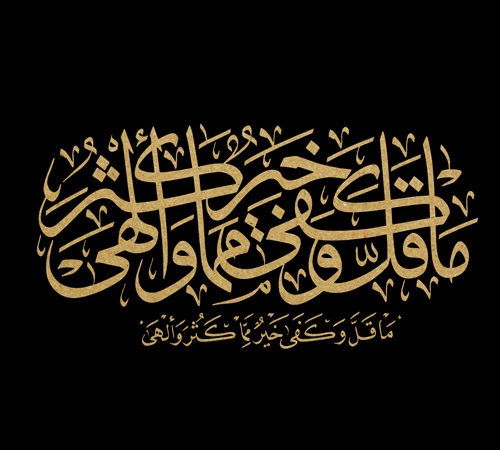Why Does Darul Qasim Have a Department of Islamic History?
The Department of Islamic History is a vital addition to Darul Qasim’s robust Dars-e-Niẓāmī curriculum. It serves a critical role in studying the life events of the Prophet Muhammad صلى الله عليه وسلم and his noble Companions رضي الله عنهم through primary and secondary sources. This department brings focused academic attention to sīrah and Islamic historical narrative, providing students with a disciplined, analytical framework for engaging with sacred history.
Vision and Purpose
The department was founded in line with Shaykh Amin’s vision of representing and re-presenting Islam academically and authentically, especially within the context of a non-Muslim majority society. In many traditional madāris, sīrah was historically integrated within the Department of Hadith without a distinct academic identity. At Darul Qasim, sīrah is treated as a unique field—one that speaks not only to intra-Muslim concerns but also to contemporary public discourse and daʿwah efforts.
Why Sīrah Belongs Here
Institutionally placing sīrah under the Department of Islamic History allows for a methodical and contextual study of the Prophet’s life, supported by critically verified sources that are closest both chronologically and intellectually to the Prophetic generation. This approach emphasizes a waḥy-based education model, contrasting it with modern academic studies that may lack the same spiritual and chronological proximity to revelation.
Program Structure and Core Texts
Sīrah courses are integrated into both the Shaykh al-Hind and Intermediate Programs:
- Shaykh al-Hind Program: Students are introduced to the sīrah through al-Nafaḥāt al-ʿIṭriyya min Sīrat Khayr al-Bariyya by Shaykh Nūr al-Dīn al-ʿItr (d. 2020). This concise and elegant treatise is studied toward the end of the program, complemented by a timeline project that draws from both primary and secondary sīrah sources.
- Intermediate Program: The curriculum begins with an analytical reading of the fifth book of Sīrat Khātim al-Nabiyyīn by Shaykh Abū al-Ḥasan ʿAlī al-Nadwī (d. 1999). Students then progress to a detailed study of al-Sīrah al-Nabawiyyah by Ibn Hishām (d. 218 AH), a foundational text derived from the earlier work of Ibn Isḥāq (d. 151 AH).
Sīrah Studies in English
Recognizing the global and multilingual context of its students, the department also incorporates selected English readings. Mawlānā Asif Uddin assigns excerpts from a range of English-language sīrah texts to broaden students’ exposure and develop critical engagement with various historical methodologies. While these readings are not comprehensive, they are strategically chosen to highlight key issues and scholarly approaches in the field of sīrah studies.
Critical Engagement and Real-World Relevance
The study of sīrah at Darul Qasim goes beyond narrative learning. Students are trained to confront complex historical issues with intellectual honesty. For example, the topic of ʿĀʾisha’s رضي الله عنها age at marriage is explored through structured classroom debates, presenting both orientalist critiques and traditional Muslim responses. This pedagogical method sharpens critical thinking and encourages students to responsibly represent Islamic history in modern discourse.
Looking Ahead
The Department of Islamic History is continually evolving. Additional courses and publications are currently in development, aiming to expand the department’s academic offerings and its contribution to the field of Islamic Studies.
Darul Qasim’s Department of Islamic History stands at the intersection of tradition and contemporary relevance. By grounding students in both verified texts and real-world challenges, it equips them to carry forward the legacy of the Prophet Muhammad صلى الله عليه وسلم with intellectual rigor and spiritual integrity.
